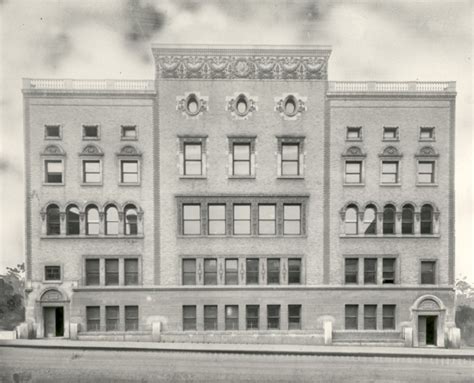Military
WW2 Mosquito Aircraft

Introduction to the Mosquito Aircraft
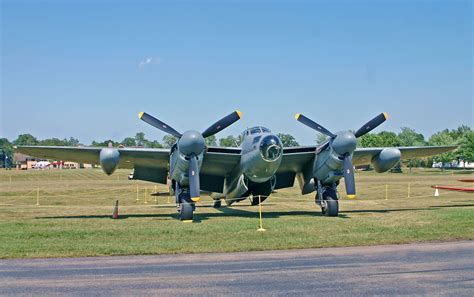
The de Havilland Mosquito was a British aircraft used during World War II, known for its impressive speed, maneuverability, and versatility. Made primarily of wood, the Mosquito was a unique plane that played a significant role in the war effort. Its development and production were remarkable, considering the materials and technology available at the time.
Design and Development
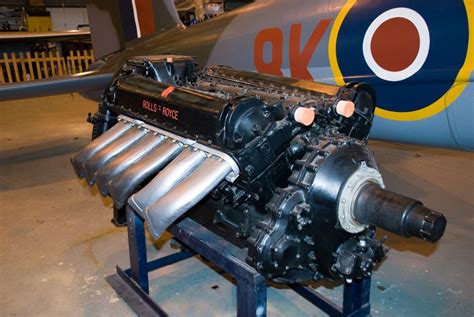
The Mosquito’s design was the result of a private venture by the de Havilland company, which aimed to create a fast, unarmed bomber that could evade enemy fighters due to its speed. The use of wooden construction was innovative, as it allowed for the conservation of metals like aluminum, which were in short supply. The aircraft’s frame was made from a combination of balsa wood and birch, covered with plywood. This wooden construction contributed to the Mosquito’s lightweight and helped achieve its remarkable performance.
Operational Roles
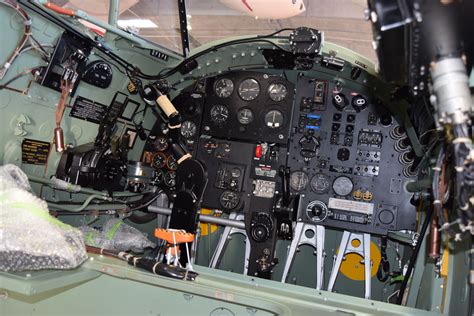
The Mosquito performed a variety of roles during WW2, including: * Bomber: The Mosquito was used as a bomber, capable of carrying a significant payload. Its speed allowed it to penetrate deep into enemy territory without escort fighters. * Fighter: Equipped with cannons and machine guns, the Mosquito served as a fighter, patrolling the skies and intercepting enemy aircraft. * Reconnaissance: The Mosquito’s speed and agility made it an excellent platform for reconnaissance missions, providing vital information about enemy positions and movements. * Night Fighter: With the addition of radar, the Mosquito became a formidable night fighter, capable of detecting and engaging enemy aircraft under the cover of darkness.
Specifications and Performance
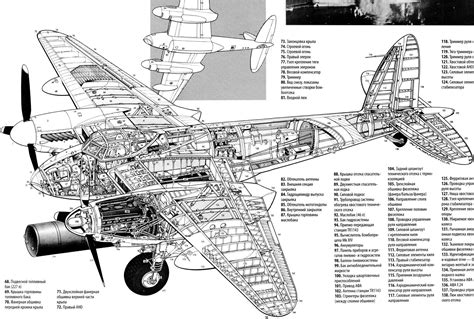
The Mosquito’s specifications included: * Length: 40 ft 6 in (12.36 m) * Wingspan: 54 ft 2 in (16.51 m) * Height: 12 ft 6 in (3.81 m) * Empty weight: 13,356 lb (6,058 kg) * Gross weight: 20,000 lb (9,072 kg) * Powerplant: 2 × Rolls-Royce Merlin 25 inline engines, 1,635 hp (1,218 kW) each * Maximum speed: 373 mph (601 km/h) at 28,000 ft (8,534 m) * Range: 3,400 mi (5,474 km) * Service ceiling: 37,000 ft (11,277 m)
Notable Operations and Achievements

The Mosquito participated in several notable operations during WW2, including: * Operation Jericho: A mission to bomb the Amiens Prison in France to free French Resistance fighters. * Operation Carthage: A precision bombing of the Gestapo headquarters in Copenhagen, Denmark. * Night Intruder Missions: Mosquitoes would fly over enemy airfields, attacking aircraft on the ground and in the air, disrupting enemy operations.
💡 Note: The Mosquito's wooden construction posed unique challenges, including the need for specialized maintenance and the risk of damage from moisture and combat.
Legacy and Impact
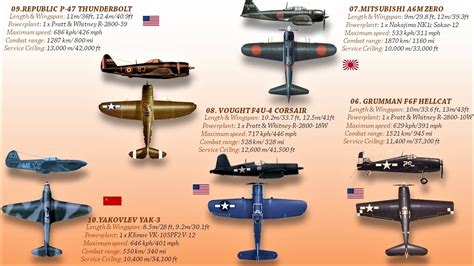
The de Havilland Mosquito left a lasting legacy in aviation history. Its innovative design, speed, and versatility made it a crucial asset during WW2. The Mosquito’s impact on the war effort was significant, contributing to the Allied victory. Its design influenced post-war aircraft development, and it remains an iconic symbol of British engineering and innovation.
Conclusion and Final Thoughts
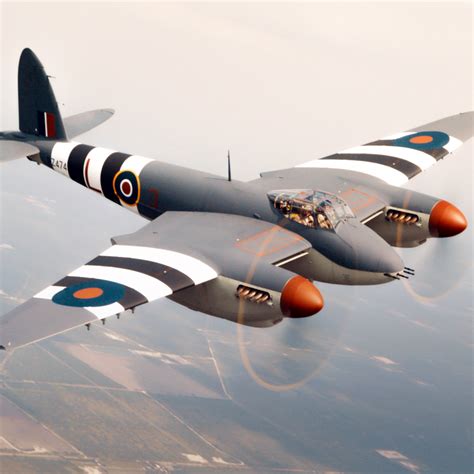
In summary, the de Havilland Mosquito was an extraordinary aircraft that played a significant role in WW2. Its speed, agility, and versatility made it a valuable asset for the Allies. The Mosquito’s legacy extends beyond its operational history, influencing aircraft design and development for generations to come. As we reflect on the Mosquito’s achievements, we are reminded of the ingenuity and determination of the individuals who designed, built, and flew this remarkable aircraft.
What was the primary material used in the construction of the Mosquito aircraft?
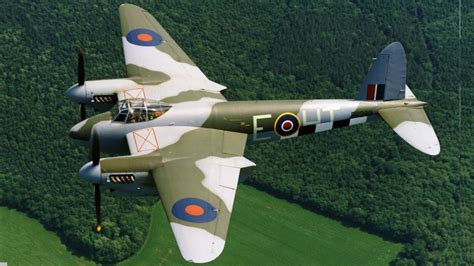
+
The primary material used in the construction of the Mosquito aircraft was wood, specifically a combination of balsa wood and birch, covered with plywood.
What were the main operational roles of the Mosquito during WW2?

+
The Mosquito performed a variety of roles, including bomber, fighter, reconnaissance, and night fighter missions.
What was the top speed of the Mosquito aircraft?
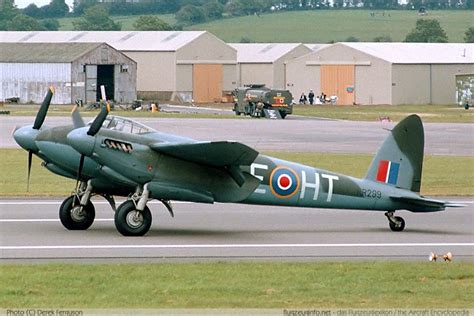
+
The top speed of the Mosquito aircraft was approximately 373 mph (601 km/h) at 28,000 ft (8,534 m).
Related Terms:
- Mosquito plane speed
- Mosquito Plane engine
- De Havilland Mosquito cockpit
- De Havilland Mosquito construction
- De Havilland Mosquito for sale
- List of ww2 aircraft

